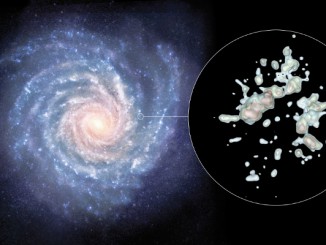
Hubble reveals a galaxy fit to burst
This NASA/ESA Hubble Space Telescope image reveals the vibrant core of the galaxy NGC 3125, approximately 50 million light-years away. Discovered by John Herschel in 1835, NGC 3125 is a great example of a starburst galaxy — a galaxy in which unusually high numbers of new stars are forming, springing to life within intensely hot clouds of gas.


